The Family House
Housed in an emblematic building from the 19th century in the heart of the city of Porto, the House of Filigree is divided into three areas: the Museum, the Atelier and the Boutique. The house is born by the hands of Luísa and Pedro Rosas, sons of
David Rosas - founder of the company and homonymous brand of high jewellery and watchmaking - and belonging to the fifth generation of a family with links to jewellery since the mid-19th century.
David Rosas - founder of the company and homonymous brand of high jewellery and watchmaking - and belonging to the fifth generation of a family with links to jewellery since the mid-19th century.
House of Filigree
House of Filigree takes on the big responsibility of dignifying Portuguese Filigree
by disclosing the particularities of its history.
House of Knowledge
The brand is based on a timeless reference in the genesis and in the way of expressing
a compliment to the Filigree, the artisan and the artist.
a compliment to the Filigree, the artisan and the artist.

Photo by Inês D'Orey
We developed an identity concept based on the idea of representing the house key.
The symbology highlights the key as a way of accessing the house of knowledge and
of authentic, interactive and multi-sensorial experience.
of authentic, interactive and multi-sensorial experience.
Key to Experience
The key of House of Filigree is comprised of elements that refer to filigree’s jewelry.
The structure of the key is an element that allows several materialisations that explore different approaches of filigree techniques.
House of Filigree’s identity sits on a complementarity of 2 visual universes.
One based on the image of a key, decorative item that represents a legacy and a story
to tell and the other based on the use of a simple and contemporary typography.
One based on the image of a key, decorative item that represents a legacy and a story
to tell and the other based on the use of a simple and contemporary typography.
The applicability of the identity in merchandising pieces is made with the use of imprints, cuttings, embosses and details that value the identity’s central element: the key.

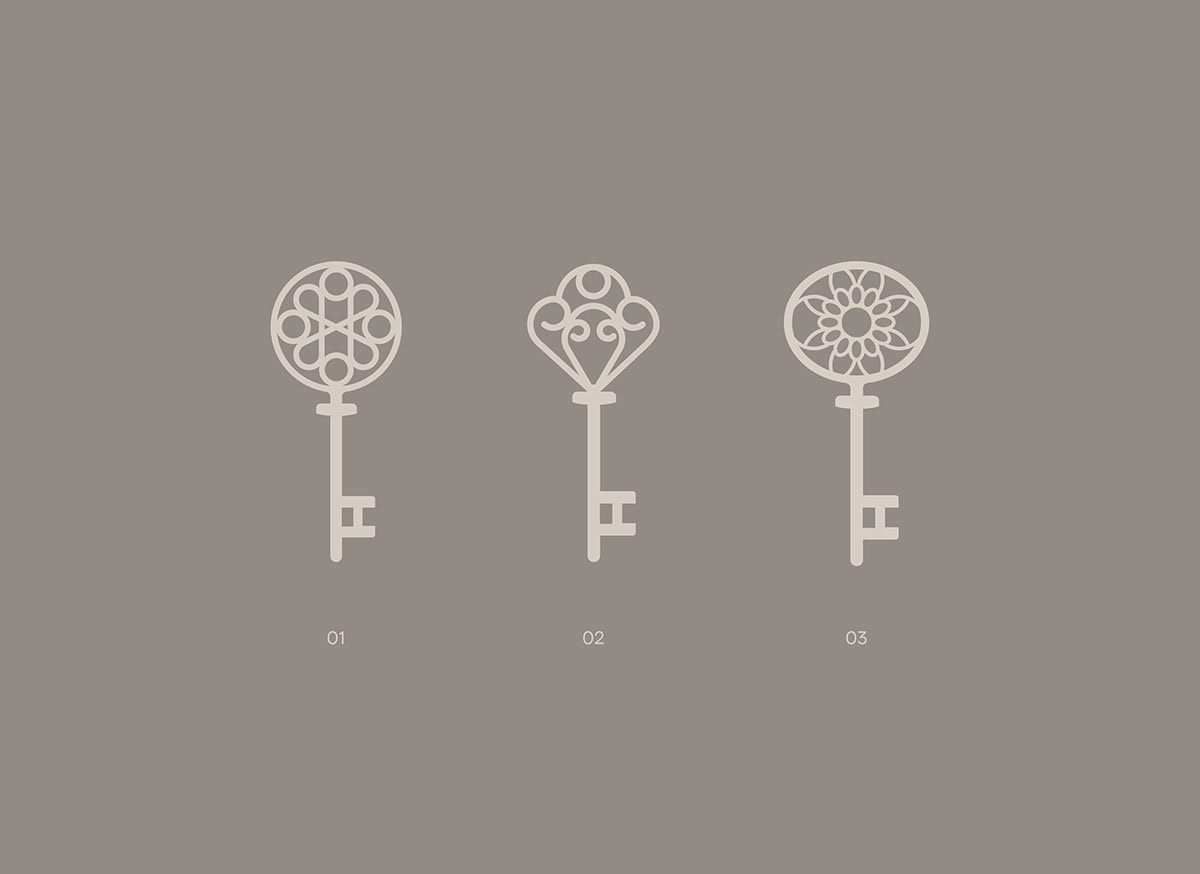
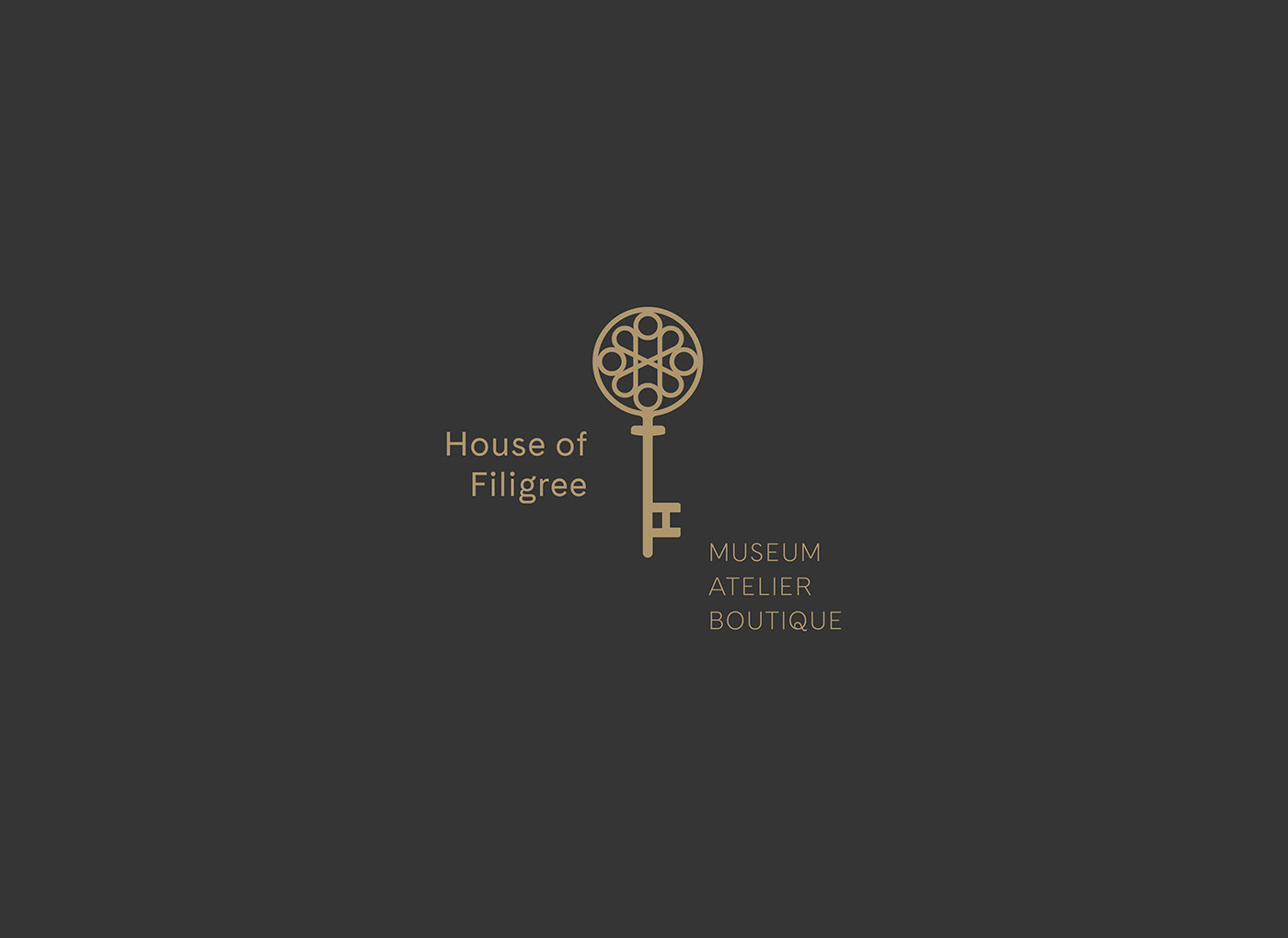


Brand Expression in Print
A house imagined brilliantly, executed beautifully.
House of Filigree’s graphic pieces embody the brand based on a visual grammar that includes graphic elements with a strong association with the Portuguese Filigree tradition.
Pieces such as stationary, notebooks (soft and hard cover), postcards, clips and bookmarks were created, as well as jewelry packaging and merchandising pieces (card holder, wallet and jewelry holder), pencils and bags (shopping bags and totebags) that make up a vast list of applications.
The brand and the visual elements are mainly applied printed in gold (with a selection of gold in accordance with the jewels) using Arjowiggins Keaykolour uncoated papers and applications in leather and metal.












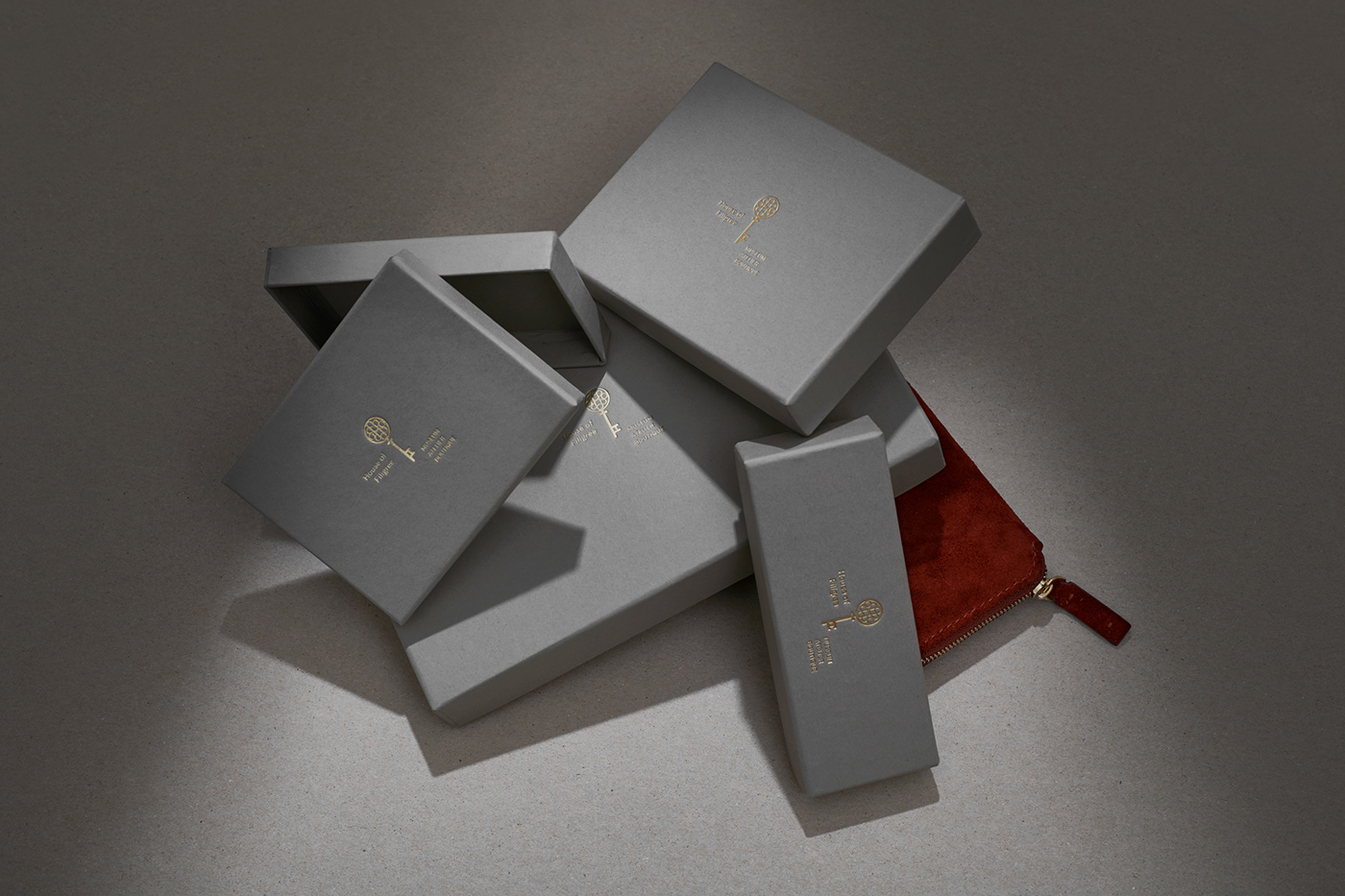



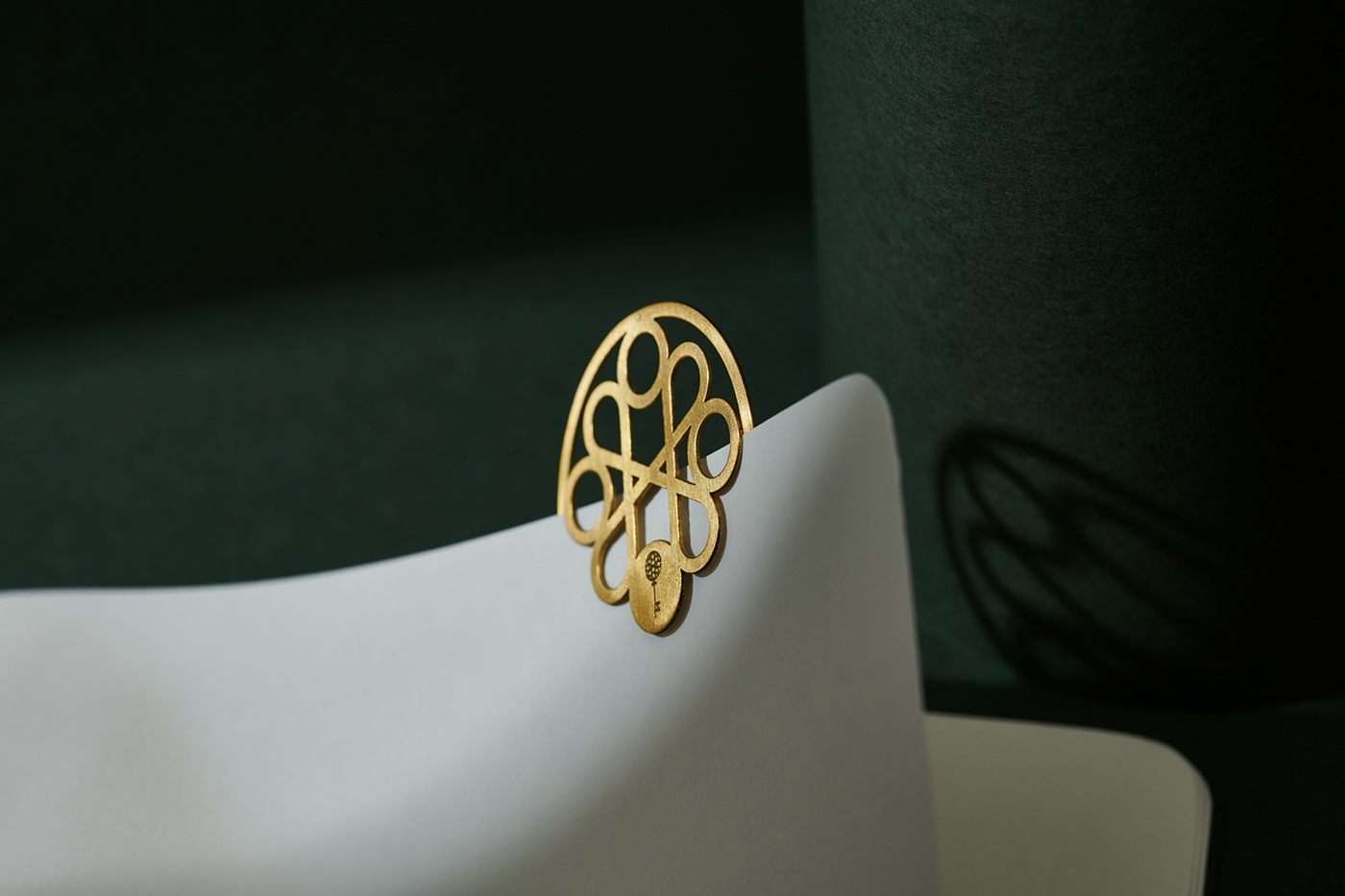




The Exhibition
The desire to assemble a collection of filigree pieces was broadened to include tools and items used in filigree production, making up the first unit of the exhibition: “Portuguese Filigree. From technical expertise to elegant usage”, where the technique and its different processes are explained, highlighting the excellent quality of the manual work that is produced in the workshops.
This filigree collection encompasses works dating from the mid-nineteenth century to the start of this century: jewellery, objects for personal use or for decoration and grand pieces. This is an eclectic display exemplifying the different tastes and standards of execution, that are erudite to a lesser or greater degree, as well as the continuity of certain models and the emergence of others.
The exhibition ends in a gallery of customs, of daily life, festivities and processions, expressing the joy of the people of Entre-Douro-e-Minho – from which filigree is inseparable – where the elegance of the costumes and the of gold adornments attains its maximum splendour.

Photo by Inês D'Orey
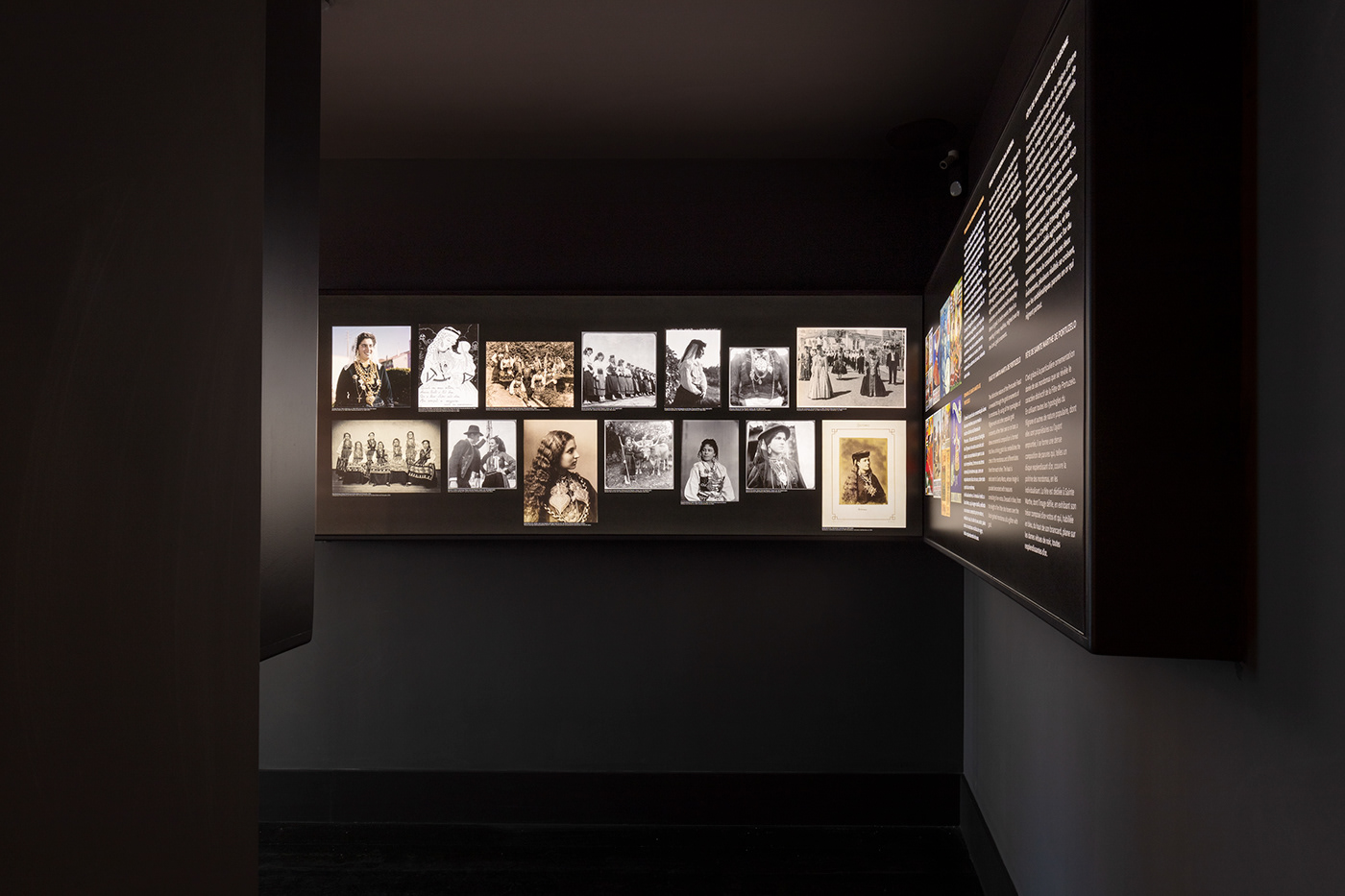
Photo by Inês D'Orey
The Catalogue
The exhibition catalogue complements and expands the knowledge about Portuguese Filigree. From the exploration of the historical context and imagery framing to the detailed description of filigree pieces in the collection, the catalogue also presents itself as an exhibition and adornment piece. The reference to gold mirrored through the use of metallic pantone in several graphic notes throughout the catalogue reinforces the link to gold as the primary material in the manufacture of filigree pieces. In a more classic compositional tone, while maintaining references to the contemporary character that favors the expansive use of the image, the catalogue presents itself as a useful artefact in understanding the world of filigree.
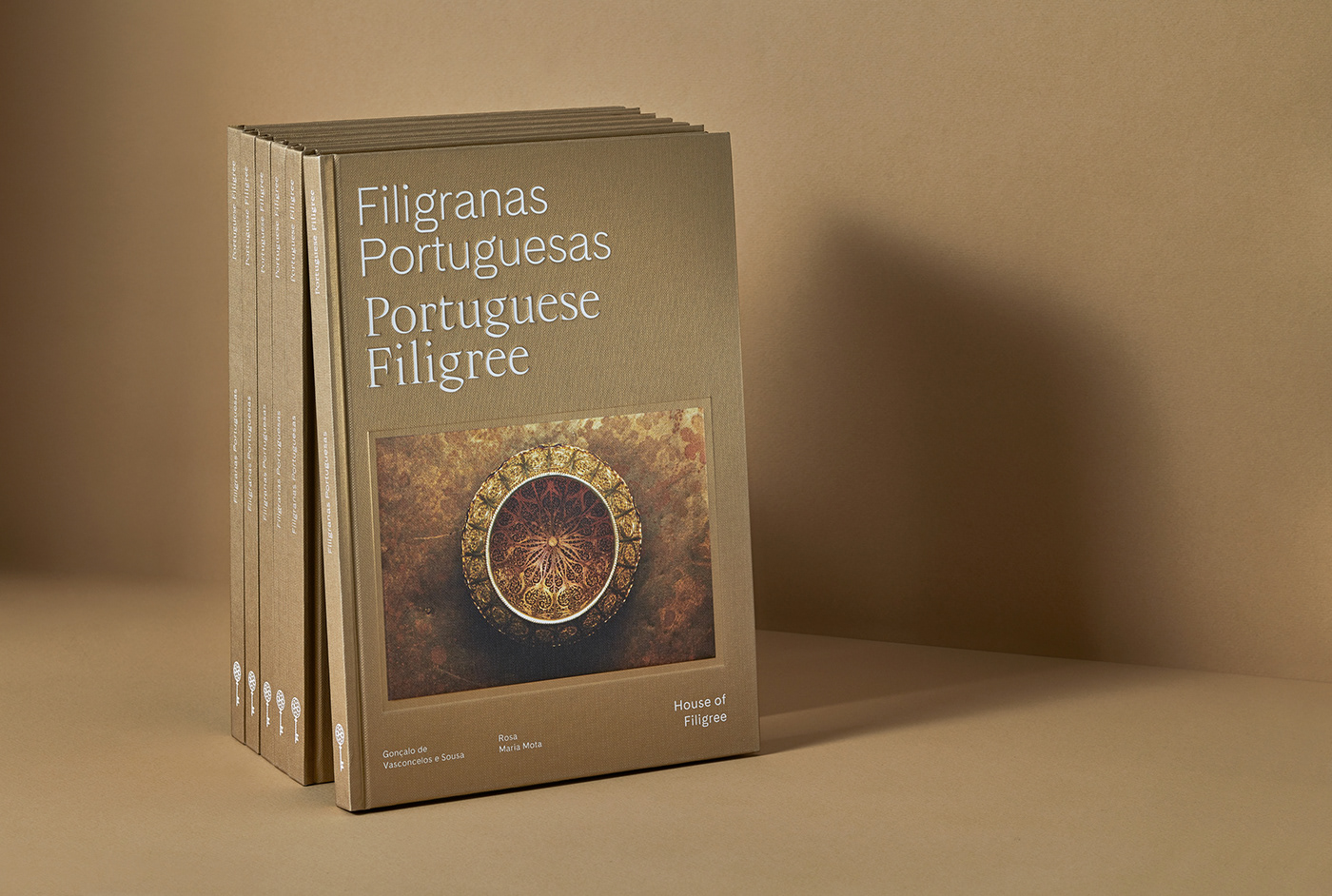
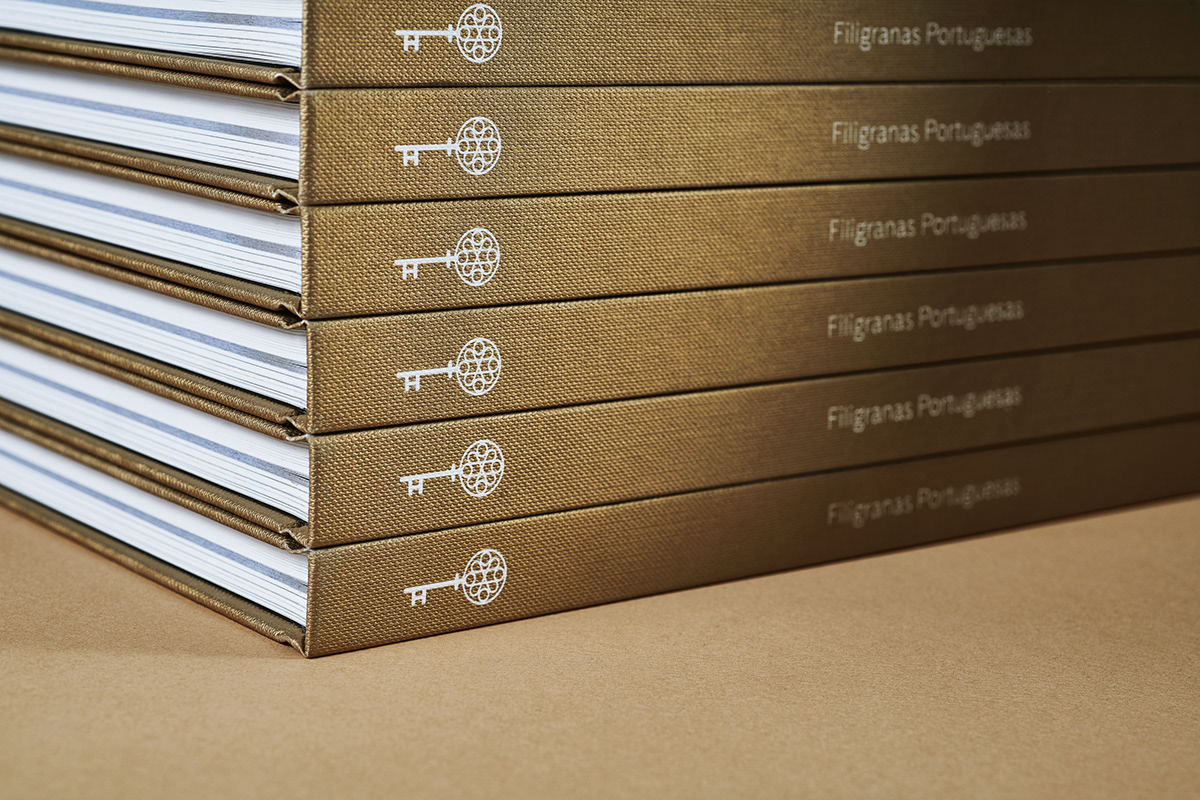


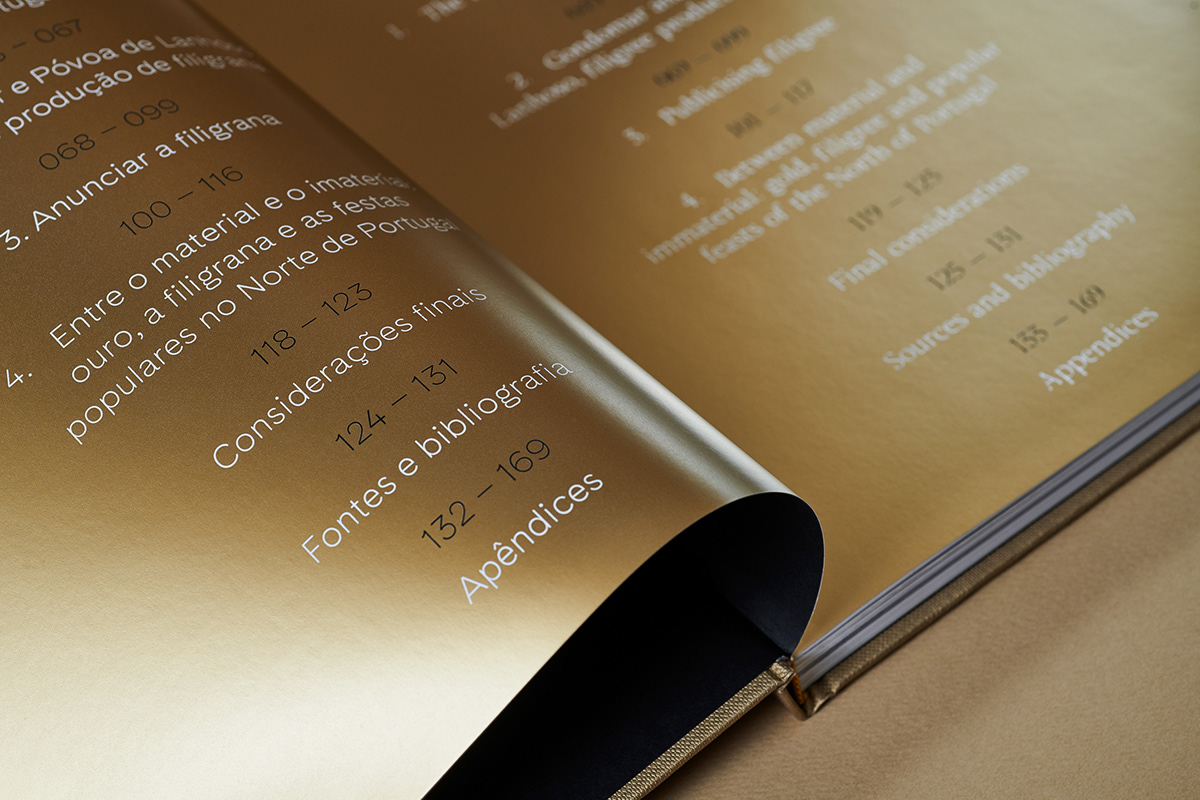


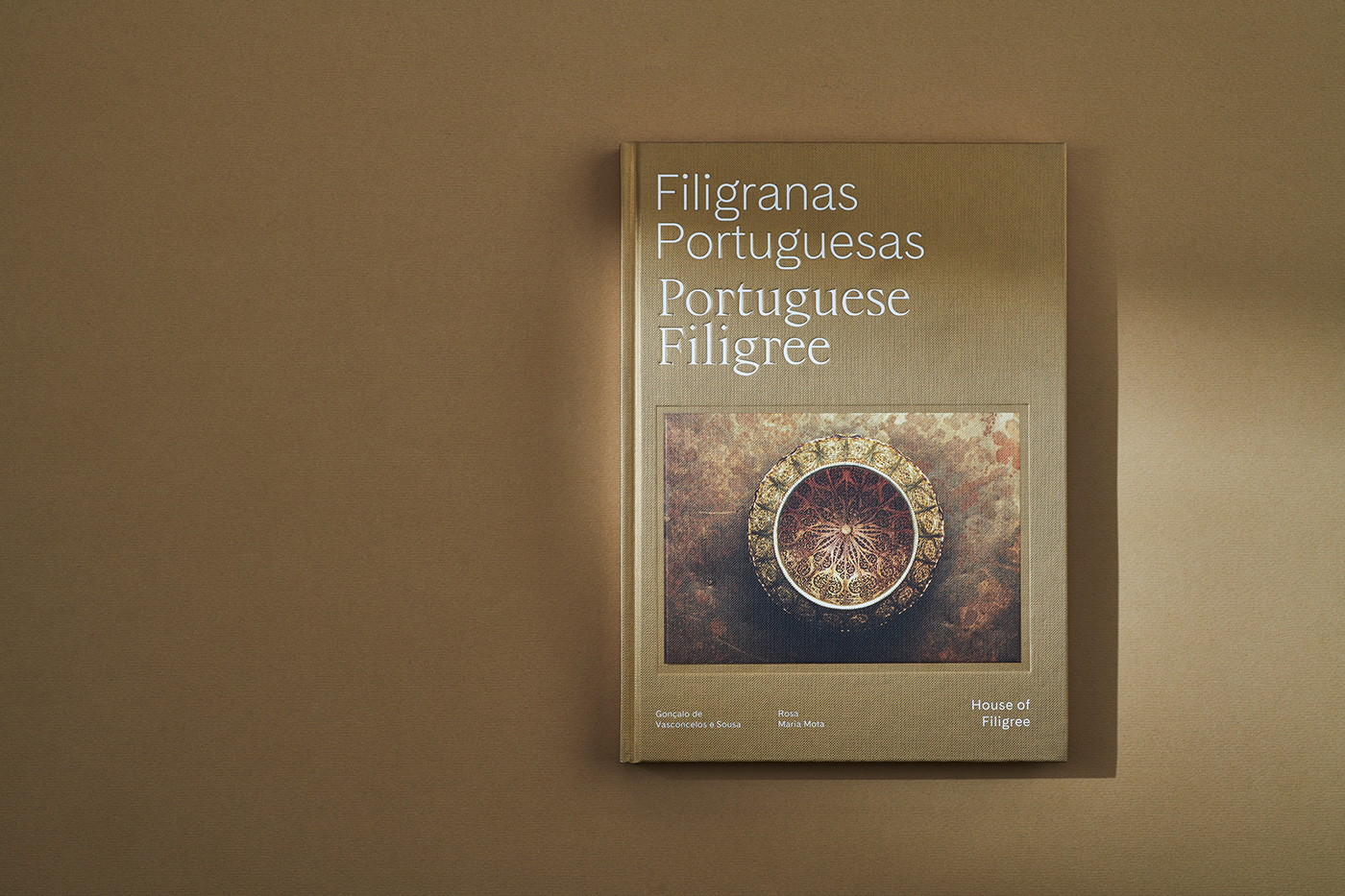
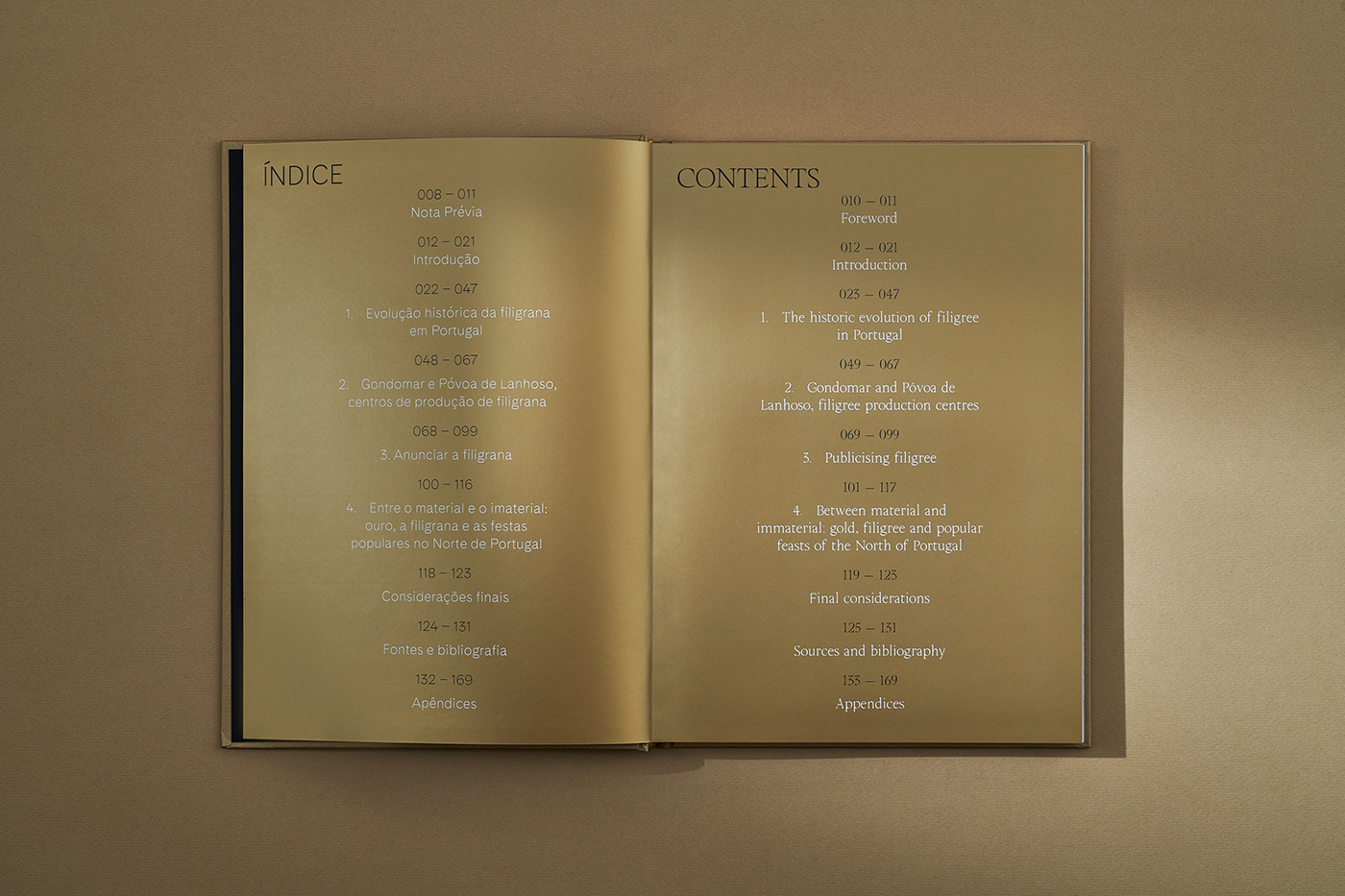




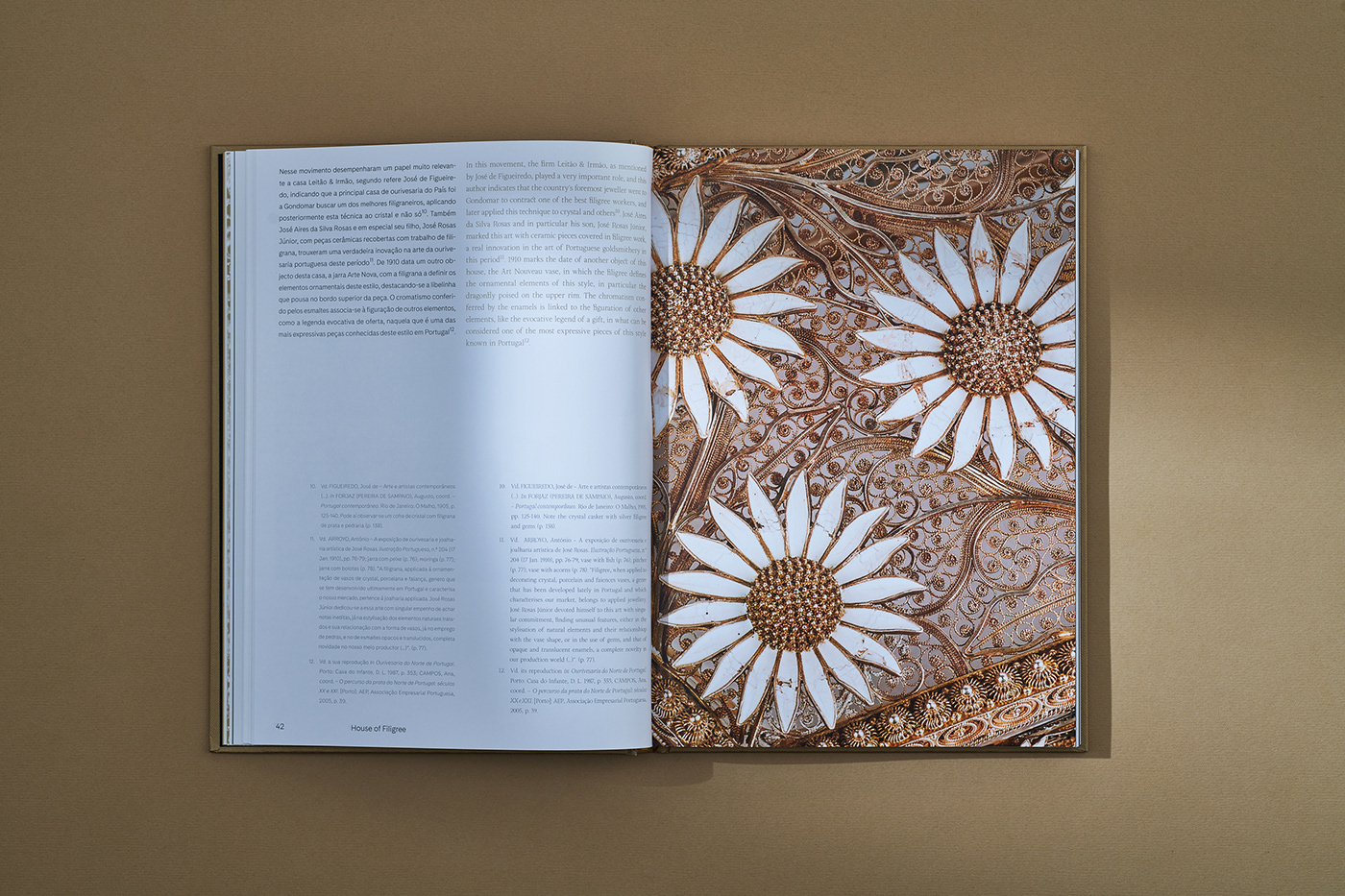

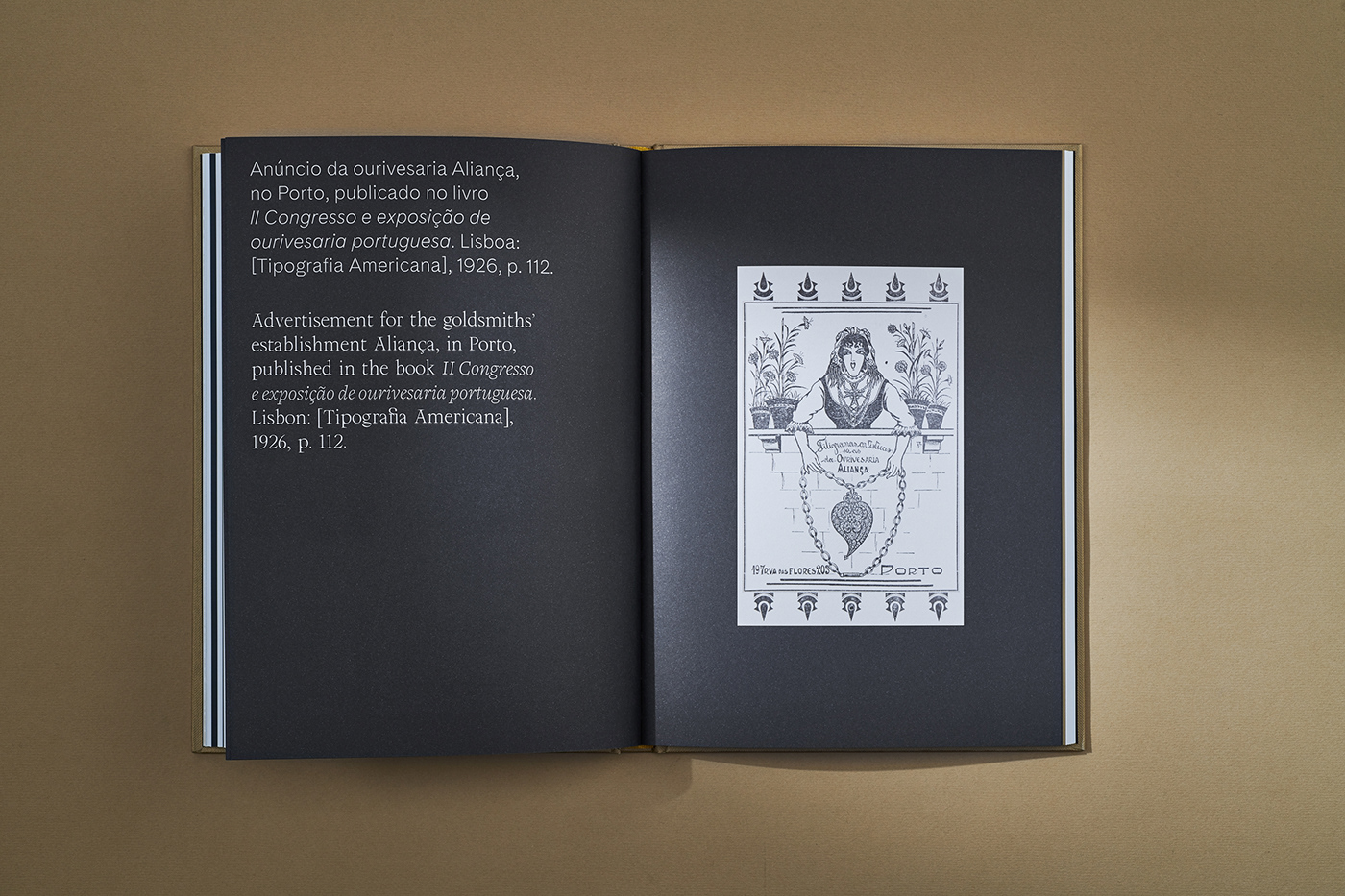

House of Filigree
Museum
General Coordination : Luisa Rosas
Museum Architect: Nuno Graça Moura
Museum Architect: Nuno Graça Moura
Museum Curator: Paulo Valente
Photography: Inês D'Orey
Photography: Inês D'Orey
Catalogue
General Coordination : Paulo Valente
Authors: Gonçalo de Vasconcelos e Sousa / Rosa Maria Mota
Catalogue Studio Photos: Nuno Moreira / Numo
Printer House: Lessa
Brand and Brand Expression in Print
General Coordination: Luisa Rosas
Coordination : Paulo Valente e Mafalda Teixeira Bastos
Catalog Studio photos: Nuno Moreira / Numo
Paper partner: Arjowiggs
General Coordination: Luisa Rosas
Coordination : Paulo Valente e Mafalda Teixeira Bastos
Catalog Studio photos: Nuno Moreira / Numo
Paper partner: Arjowiggs
Thanks to David Rosas in-house team for the amazing collaboration.
Follow our studio's daily life on instagram @thisispacifica


